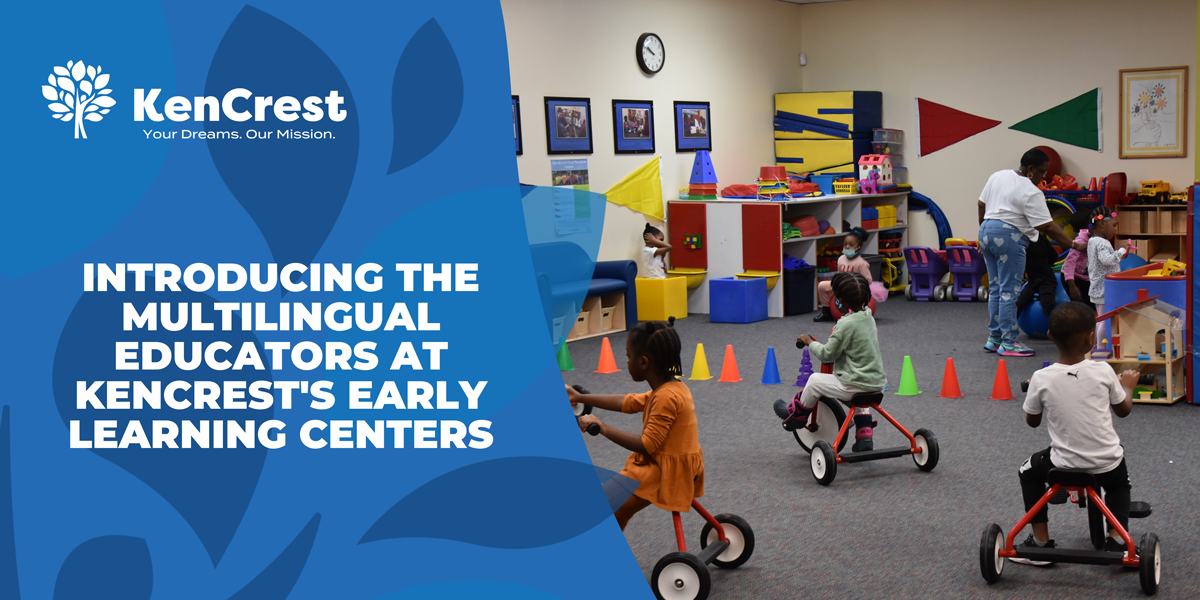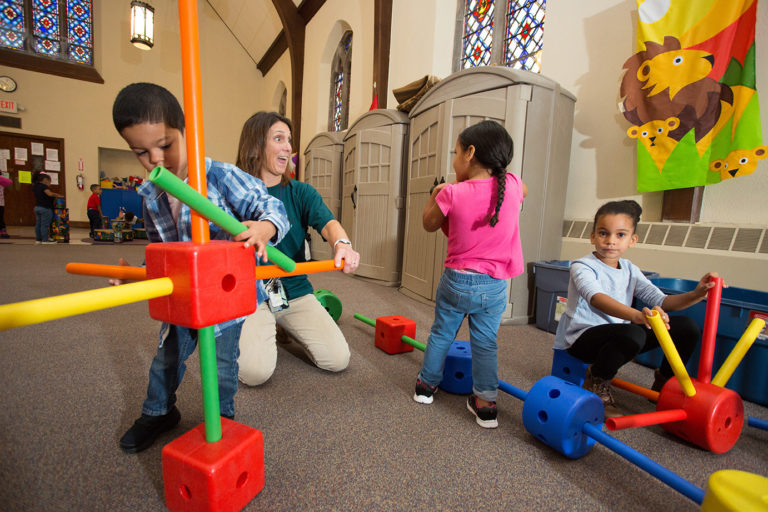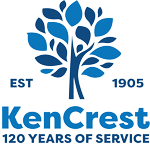
With numerous different languages spoken by students, KenCrest's West Philadelphia Early Learning Center relies on its multilingual teachers.
By Sydney Kerelo
Many of the children attending the Elmwood Avenue Early Learning Center (ELC) in Philadelphia speak languages like Spanish, Bambara, and even French, which makes learning and communication between teachers and parents challenging. But, having multilingual teachers like Fatoumata Coulibaly is vital in helping students and their families thrive in an educational setting.
Fatoumata Coulibaly, an Assistant Teacher at KenCrest's West Philadelphia ELC, is just one of the six teachers that speak dual languages; but she's a little different than the rest. Fluent in French, Bambara, and English, Fatoumata is considered a multilingual speaker and is paving the way for multilingual education.
According to K12 Academics, multilingual education is a "first-language-first" model, with education beginning with their native language and transitioning to additional languages. In a school where so many students speak different languages, and having multilingual teachers keeps them connected culturally and socially.
"The majority of our students speak some form of French or African language," says Josie Jones, the Program Director at the West Philadelphia ELC. "We have a substantial population of African families who moved to Philadelphia and lived in this community. We may have two, three, four, or even five kids from the same family that speaks the same language."

With so many students speaking different languages, it’s essential for early education providers like KenCrest to employ multilingual staff, not only to help with any miscommunication, but also to assist in teaching children English.
According to Trautner from Michigan State University, children between the ages of 0-3 are more suited to learn a second language because their brain is in their most relaxed state. She adds that bilingually exposed infants can detect a switch in language as early as six-months-old, which many students at KenCrest’s ELCs are.
In each classroom, children learn their colors, letters, and numbers, they get read to, and every morning they do a “morning message,” with circle time, all in the English language, to help promote their learning. Fatoumata and other dual language teachers assist in these rooms.
"Most of our classrooms have a couple of children that speak the same language," adds Fatoumata. "We do this so that they can interact with each other and other English-speaking children so they can learn."
That English language education even extends to their parents. Children attending a select few KenCrest Early Learning Centers is sent home with a book from our Little Lending Libraries for both child and parent to read together. The Little Lending Libraries help many kids learn to read and helps children and families learn English.
According to Josie, the children don't recognize that there is a language barrier. Sometimes they'll cry or get upset with one another, but they almost always find a way to communicate through mimicking and playing together.
"Children are amazing," says Josie with a chuckle. "They always find a way to communicate with each other."
Many teachers at the West Center also have children who went through or are going through the program and can speak multiple languages. All three of Fatoumata's children went through the program.
"I love it here, they teach the children, which is important to me, and they took such good care of my children," says Fatoumata.
